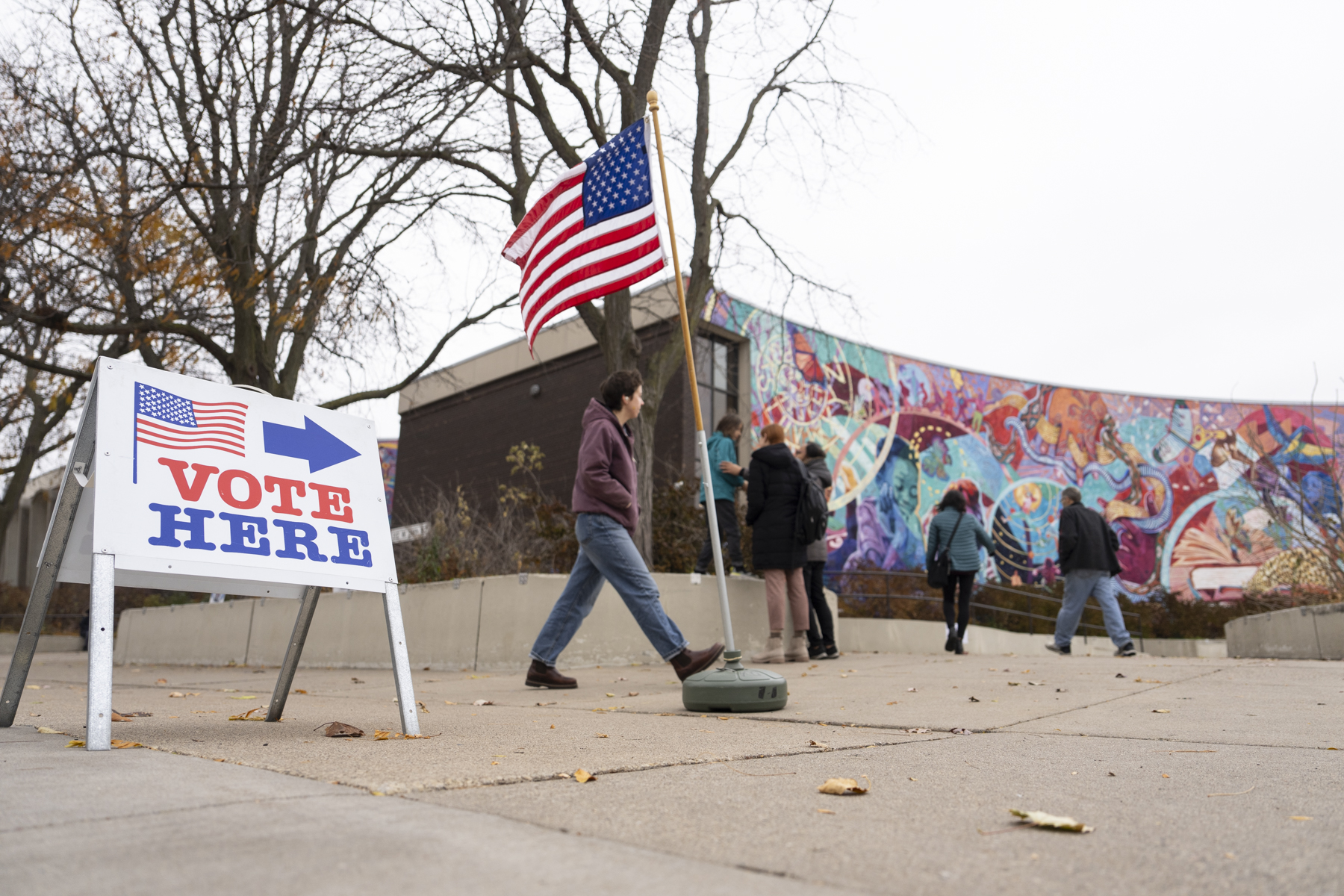All You Need to Know About Minnesota’s Primary Election
Important Information and Key Races to Watch
Minnesota’s primary election is just around the corner, so it’s time to get informed and ready to vote. This election will determine the candidates who will represent major parties in the upcoming general election, and there are several key races to keep an eye on.
One of the most closely watched races is the DFL rematch between Representative Ilhan Omar and former Minneapolis Council Member Don Samuels. Two years ago, Omar narrowly defeated Samuels in the primary to represent the Fifth Congressional District. This race is expected to be just as competitive this time around.
On the Republican side, former NBA player Royce White is facing businessman Joe Fraser in the race to challenge third-term DFL U.S. Senator Amy Klobuchar. This race will determine who will face Klobuchar in the general election, and it is expected to be a close contest.
In addition to the federal races, all 134 Minnesota House seats will be on the ballot in November. The DFL currently holds a narrow majority in the House, while the Senate is evenly split pending a special election in November. The outcome of these races will have a significant impact on the state’s political landscape.
So, what do you need to know to vote in the primary election?
How to Register to Vote
If you’re not already registered to vote, you can do so at your polling place on Election Day. All you need to bring is a government-issued photo ID like a driver’s license, or a lease or utility bill with your name and current address.
All U.S. citizens 18 and older who have been Minnesota residents for at least 20 days are eligible to vote, unless incarcerated for a felony or under a court order revoking their right to vote.
How to Find Your Polling Place
Your polling place is determined by the address from which you registered to vote and should be located relatively close to your residence. You can find your polling location here and also see a list of candidates and questions that will be on your ballot.
How to Vote Early in Person or by Mail
Early voting for this primary election began on June 28 and will run through August 12. A handful of polling locations are open. If you’re going to be out of town on Election Day, need assistance, or simply prefer to vote at home, you can request that your county elections office send an absentee ballot to your address. After you receive your ballot, you can then fill it out, get a witness or notary to sign it, and then mail it back or drop it off at a ballot drop site.
All ballots, including absentee ballots, must be received by 8 p.m. on August 13 when the polls close. Even if your ballot is postmarked before the polls close on Election Day, if it is not received by 8 p.m., it will not be counted.
What’s on the Ballot This Year?
All kinds of things. The primaries for Congress, including the U.S. Senate race involving Klobuchar, primaries for seats in the state legislature, and a range of nonpartisan races for positions in city and county governments, on school boards, and more.
You can only vote for candidates in one party, though you can choose the party whose primary elections you want to participate in regardless of your party registration.
The winners of these races will advance to the general election, which will be held on November 5 alongside the presidential election.
What Are Your Rights While Voting?
You are allowed to take time off to work to vote without losing any pay, including paid time off. You can learn more about that right here.
You are also allowed to bring children into your polling place, get a replacement ballot if you make a mistake while filling out your ballot, and vote without anyone in the polling place attempting to in any way influence your decisions. The Minnesota Secretary of State’s office has put together a voting rights fact sheet, which you can view and download here.
The polls are open until 8 p.m. on Election Day; if you are in line by 8 p.m., you will be allowed to vote.
How to Request an Interpreter
If you prefer to navigate the voting process in a language other than English, you have the right to request an interpreter. If there is no interpreter at your polling location for your preferred language, the on-site election judge will call an interpreter to provide assistance over the phone.
You can also bring a friend or family member with you to help you vote. The only people you can’t receive assistance voting from are an employer or fellow union member. Voting instructions will be available at polling places in Spanish, Hmong, and Somali.
Where Can I Find More Information?
You can find an explanation of the primary election and other helpful links on the Secretary of State’s website here. You can also view complete election results after the polls close on August 13 here.



